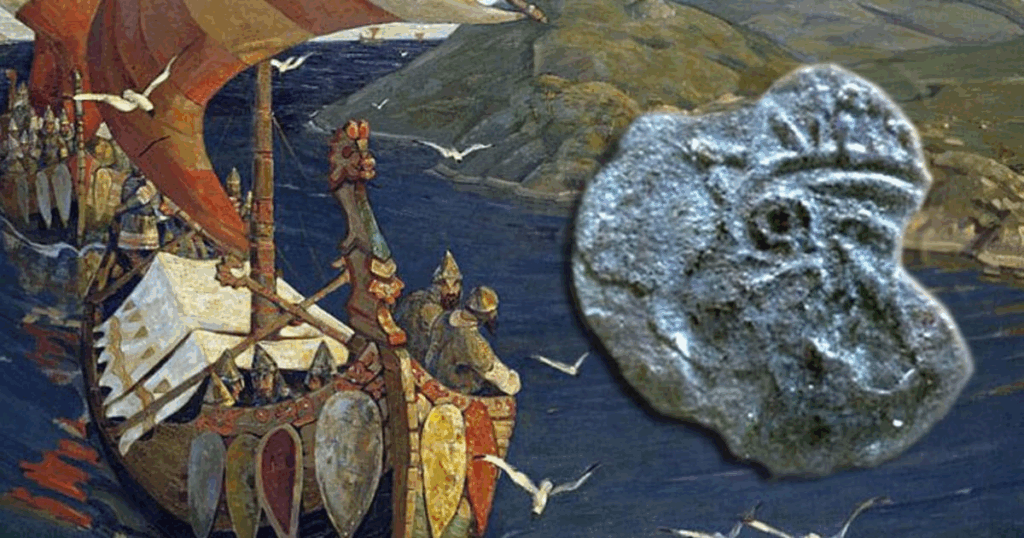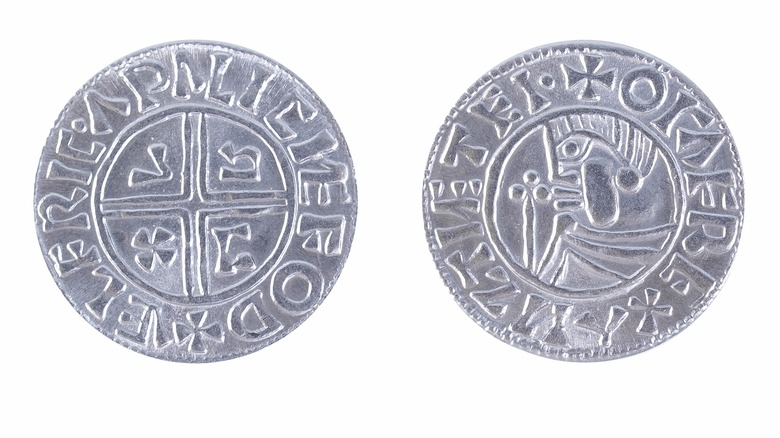
In 1957, an amateur digger at the Goddard Site in Brooklin, Maine, stumbled upon a single silver coin dated between 1067 and 1080 AD — a genuine Norse penny from King Olaf Kyrre’s era. But there’s a twist: it’s the only Norse artifact found in all of the U.S., raising questions about its journey and authenticity.
What Makes It Mysterious:

- Pre‑Columbian contact? If genuine, this coin could be evidence that Vikings or their traded goods reached as far south as Maine centuries before Columbus.
- Provenance is uncertain. While the coin itself is unquestionably real, the circumstances of its discovery are murky. Skeptics point out that it could easily have been planted by its finder, who was both a coin collector and amateur archaeologist, or introduced via Native trade networks from Norse contact zones in Greenland and Newfoundland.
Expert debate remains. Anthropologist Edmund Carpenter controversially concluded the site’s Viking connection is “Not proven,” while later scholarship argues authenticity isn’t implausible
Why This Still Resonates:
The question of early transatlantic contact continues to fascinate historians and armchair detectives alike.
It highlights how a tiny artifact—just one coin—can spark big questions about ancient human mobility, trade routes, and storytelling.
What Do You Think?
Could this be tangible proof of Viking merchants reaching the American Northeast—or a clever ruse that pulled at global imagination?